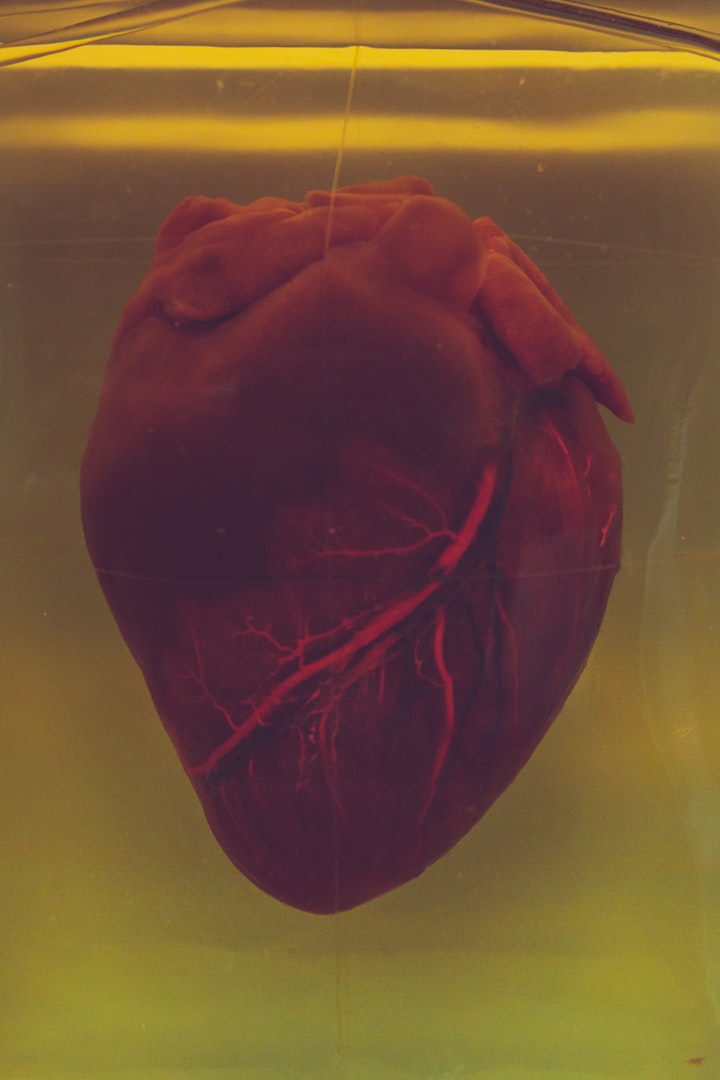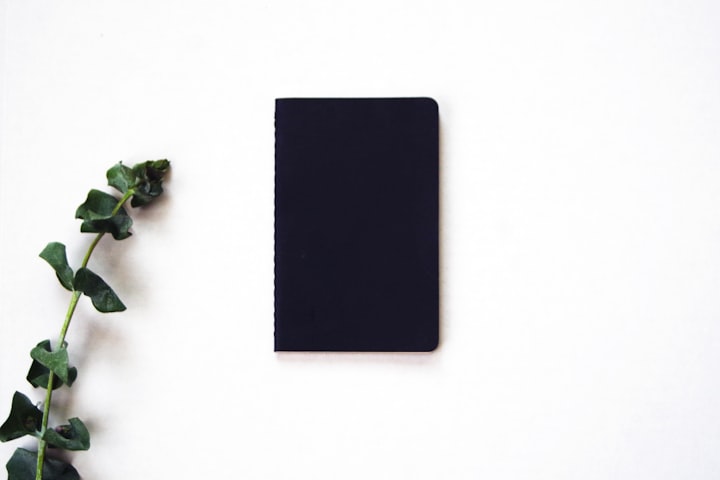A History with Heart
When did the heart become synonymous with love?

Sometimes it feels like life is a series of heartbreaks, doesn’t it?
Some big. Some small. Requiring varying amounts of recovery time before hope can again outweigh the pain of staying still.
One such small heartbreak left me wondering, when did the heart become synonymous with love? When did the physical organ that pumps blood throughout the human body become associated with emotion?

The answer to this questions is not entirely agreed upon.
Researchers believe that the human heart has been associated with strong emotions for a very long time, as far back as Ancient Greece. The 7th BC poet Sappho was one of the earliest people to document this connection. In one verse, she wrote “Love shook my heart…” Her poetry was much more personal than many writers of that era, which was not always well received. Regardless, her poetry still rings true for many today and is extremely helpful in this historical review.
The Greek philosopher Plato, who lived ~428BC-~347 BC, believed the chest was responsible for not only love, but also for rage and fear. The chest pain one experiences after a beloved decided it is time to part ways likely further imprinted this connection.
The association between the heart and love was solidified in Ancient Rome through the Goddess of Love, Venus, and her son, Cupid. Cupid’s arrow was as potent then as it is now.

The origin of the shape itself is also a bit of a mystery as the Valentine’s Day heart shape has some stark differences to the anatomical visual.

A surprisingly potential source for this symbol? The first plant used for birth control, silphium has a heart-shaped seed. Both Ancient Greeks and Romans used this plant medicinally, with its uses ranging from feral dog bites to an aphrodisiac. Its role in society was so prominent that it can be found in poems and songs from that time period. Unfortunately, its widespread use eventually resulted in it being harvested and grazed into extinction in the first century AD.
Another potential cause for the heart shape that we know today is the description of the heart by the philosopher Aristotle and philosopher/physician Galen. It is theorized that artists in the Middle Ages used their description while drawing for ancient medical texts, three chambers with a small dent in the middle. Additionally, the heart shape may be closer to the physiological heart that has been opened for dissection.

Wondering how the shape of the heart transitioned from medical texts to normal society?
The symbol of a heart for love gained a lot of momentum during the Renaissance, when it was used in both religious art and playing cards (i.e. spades, clubs, diamonds, and hearts).
While heartbreak is typically an emotional response, it can sometimes cause significant physical symptoms. Takotsubo cardiomyopathy, commonly known as broken heart syndrome, can cause sharp chest pain and symptoms can be similar to a heart attack. This is caused by a flood of stress hormones, which then causes the heart to not pump blood properly. Thankfully, this condition is only rarely fatal.
Broken heart syndrome has been proven to be real, while a different historical belief regarding the heart has fallen. The Ancient Egyptians believed wedding rings should be placed on the fourth finger of the left hand due to an anatomical belief held during that time period. They believed that there was a vein (the vena amoris) that ran directly from the ring finger of the left hand to the heart. This belief was carried on by the Ancient Greeks and Romans. While this vein has been proven to be a fallacy, the tradition continues in many western cultures.

While the history of the heart and love is a bit convoluted, I do love the sentiment behind it.
Because while the heart gives life - love makes it worth living.
References
1. How did the human heart become associated with love? And how did it turn into the shape we know today? https://ideas.ted.com/how-did-the-human-heart-become-associated-with-love-and-how-did-it-turn-into-the-shape-we-know-today/
2. Plato - Life, Philosophy & Quotes - HISTORY https://ideas.ted.com/how-did-the-human-heart-become-associated-with-love-and-how-did-it-turn-into-the-shape-we-know-today/
3. The mystery of the lost Roman herb https://www.bbc.com/future/article/20170907-the-mystery-of-the-lost-roman-herb
4. Why Does the Heart Shape Symbolize Love? https://www.history.com/news/what-is-the-origin-of-the-heart-symbol
5. Why Do We Associate Love With The Heart? https://www.huffpost.com/entry/heart-symbol-love_l_5dc0170fe4b0615b8a962dc5
6. Broken heart syndrome - Symptoms and causes https://www.mayoclinic.org/diseases-conditions/broken-heart-syndrome/symptoms-causes/syc-20354617
7. What is Cardiomyopathy in Adults? Is Broken Heart Syndrome Real? https://www.heart.org/en/health-topics/cardiomyopathy/what-is-cardiomyopathy-in-adults/is-broken-heart-syndrome-real






Comments
There are no comments for this story
Be the first to respond and start the conversation.